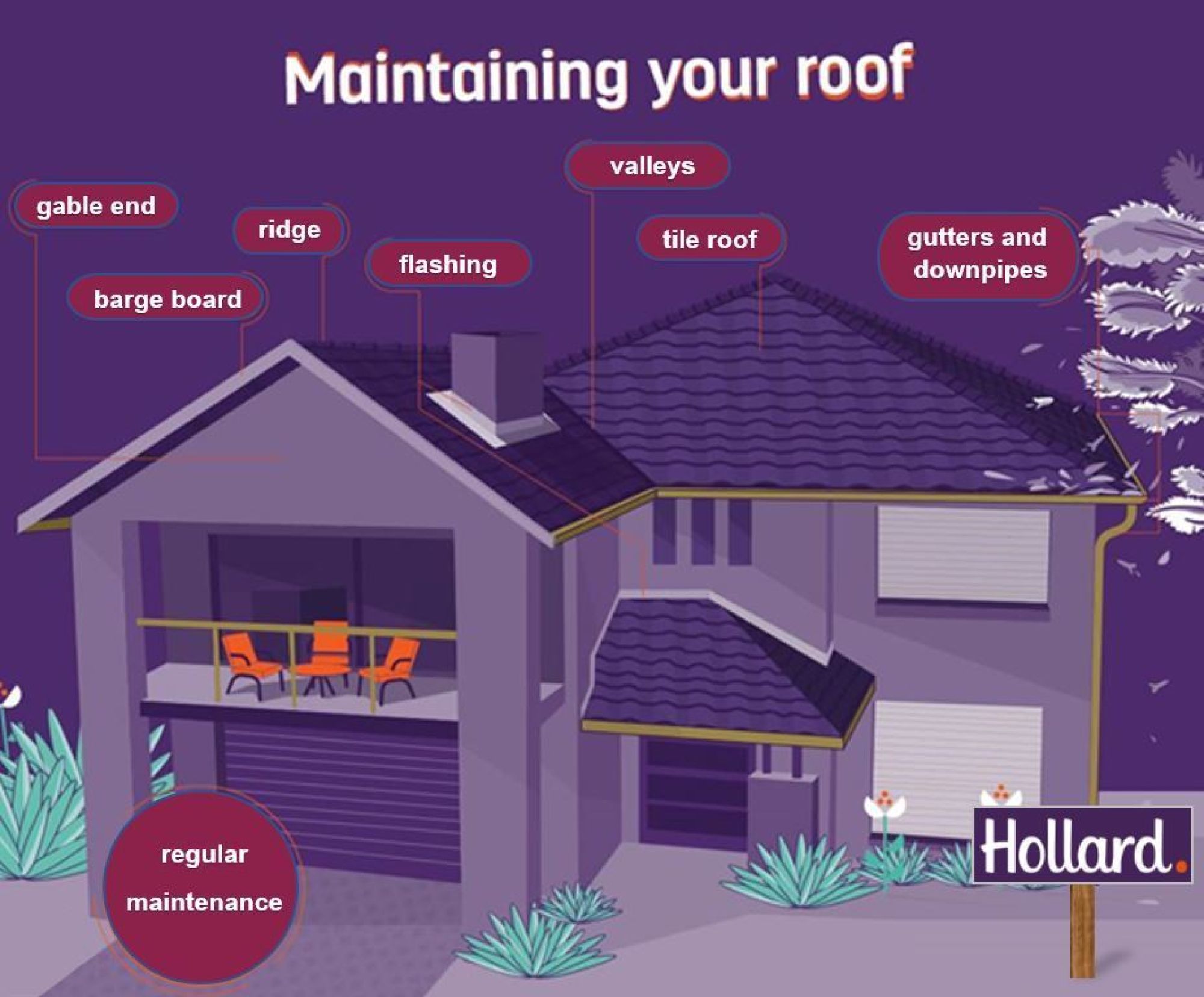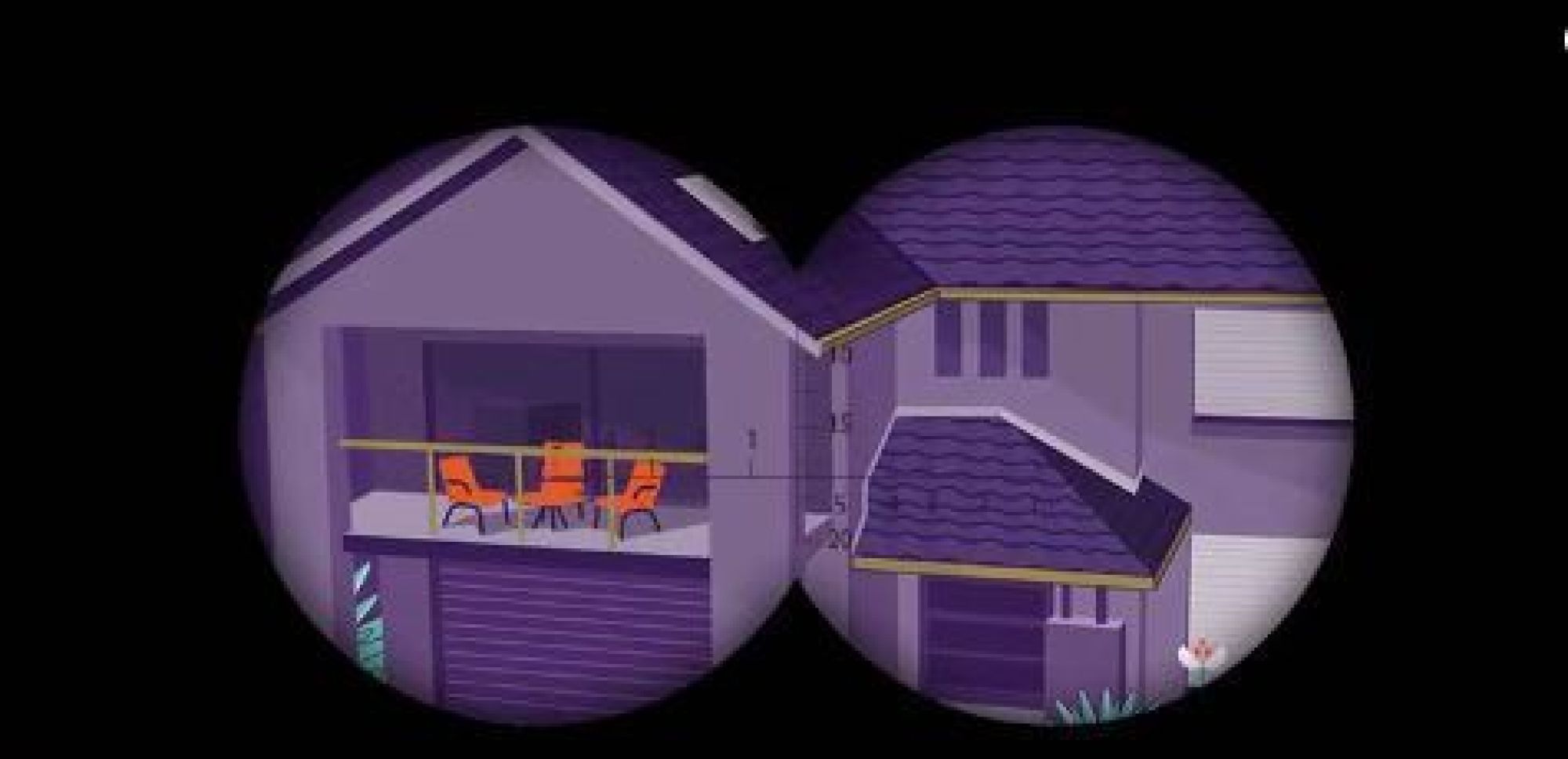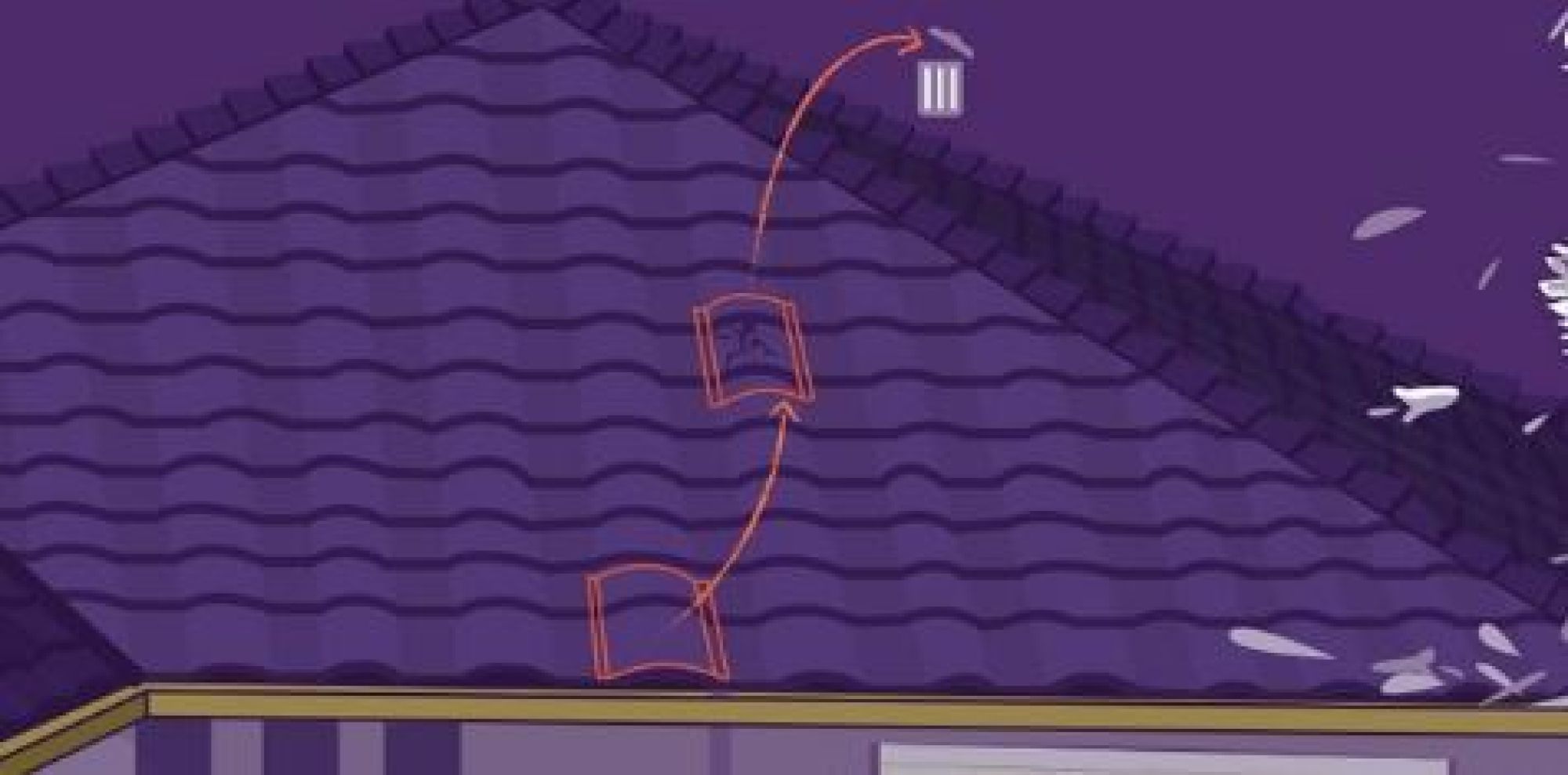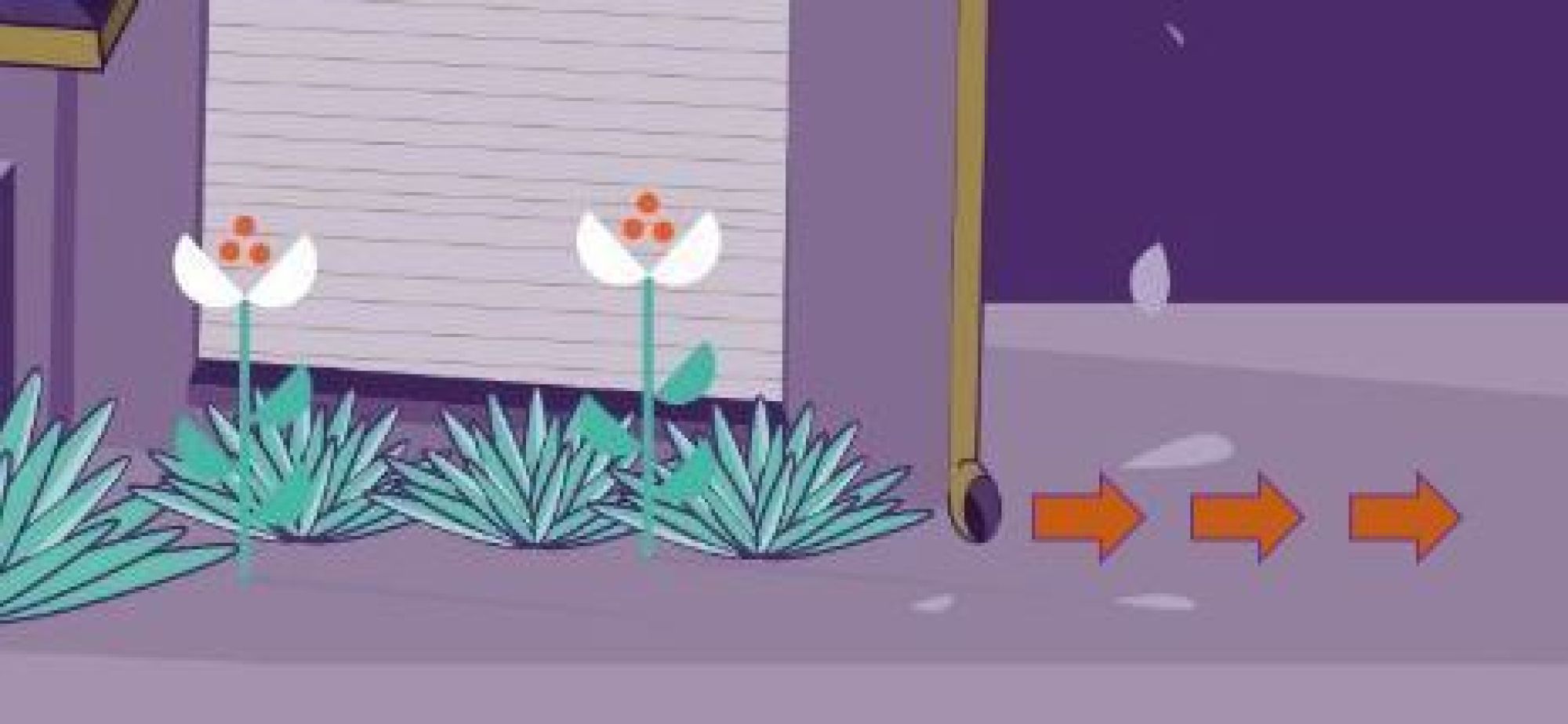Hollard Insurance Tips - Tip #2: Taking care of the roof over your head

Patrick and Linda are moving from Johannesburg to Durban and are looking to buy a house – and to ensure a good purchase, they’re doing their homework.
They'd had some roof maintenance issues before that led to huge costs at their Johannesburg home, so now they’re being prudent and strictly analysing each prospective home.
Patrick has drawn up a list of questions he plans to ask, to ensure they don't miss anything and are well informed when they make their final decision. He has also brought his binoculars along, to inspect the roof.

They meet their estate agent, Bella, and she takes them on a tour of a lovely three-bedroom home in a suburb close to where Patrick will be starting a new job. Patrick goes outside to check the roof for any potential issues. He knows that flaws or defects in any aspect of the design or construction, as well as maintenance-related issues, will not be covered by his insurance policy.

The house has a tile roof so Patrick looks up to see if there are any cracked, chipped or broken tiles, which are easily spotted. Broken or cracked tiles should be replaced immediately, rather than mended. A good tip is to use existing tiles at the bottom of the roof to replace broken or cracked tiles further up. The bottom tiles will have faded at the same pace as the rest of the roof, and therefore match in colour. The new replacement tiles can then be used at the bottom, where the colour difference is not as noticeable.
Linda joins Patrick outside and remembers that someone once advised them to do regular waterproofing on the roof of their old house. So she asks the estate agent, Bella, if the roof has been regularly maintained. Bella explains that the previous owners have been diligent in keeping the roof in a good condition.
All roofs require maintenance and some form of waterproofing, eventually. Waterproofing is what you do to prevent water from entering a home. Part of the maintenance process is ensuring that the ridge tiles are not loose, the flashings are in order, and the gutters do not leak or are not blocked.
Patrick looks at the ridge – the topmost edge of the roof – for any cracks, and to see if the cement is still intact. The cement in between the ridge tiles and its adjacent tiles can wear off, causing the tiles to shift and allow rain water in, so it’s important to check this seasonally. Just by looking at it one is able to see if the cement is cracking or wearing, and a professional should repair the cement immediately before any further damage is done.
Next he looks at the valleys, the area where the roof sections join. It is critical that the valleys are aligned to ensure water flows down easily. If valleys are not correctly aligned, water collects and forms a floodline, and spills over into the roof.
Patrick notices that there are a few lush, green trees towering over the house. It is important to clean valleys regularly; problems happen when the valleys aren’t cleaned and debris piles up. A lot of dust also collects due to wind, as well as leaves from trees.
Gutters and downpipes must be cleaned as often as possible, as debris also collects in them and causes blockages. Typical things to be found blocking gutters and downpipes are leaves, toys and sometimes even birds and pests.

When it rains, observe which downpipes are not allowing water to flow through. Insert a garden hose and spray out any dirt that is stuck inside the downpipes. Also, ensure that the downpipe’s shoe is facing the right direction – it should face away from the house. Otherwise, water damage will be caused to the foundation. Patrick also looks for any cracks in the joints and seams of gutters and downpipes; these should be maintained well, or they will leak.
Linda also asks Bella about the roof flashing; which is used to close gaps between the roof tiles and other objects that protrude from the roof, such as side walls or chimneys. They prevent water getting into the roof. The preferred flashings are made of metal, as they last. Other materials may last only a year or two, and become brittle and crack. Get a professional to do the flashing and ensure they use the right material. Chimneys should also always be finished with flashing.
Patrick takes some time to look at the gable ends, to see if they are constructed correctly. A gable end is the triangular section of wall supporting two sides of a sloping roof. A common issue with this is that the roof tiles above the gable end are often cut too short and almost sit flush with the wall. A strong wind can lift up tiles that are overhanging too far, causing damage. The wooden roof battens on which the tiles rest, are then exposed to the elements and can become wet from rain. Make sure that barge boards are fitted to cover and protect the wood. If the boards come loose, they should be refitted immediately.
Issues that homeowners in coastal areas have to deal with that inland homeowners don't have to worry too much about, are wood rot, wood borer and rust. Wood should be treated every five years for both rot and borer. Rust is particularly problematic with a zinc roof. Before painting a galvanised zinc roof, consult your local paint dealer on how to prepare the roof, to prevent your new coat of paint from peeling off. All zinc roofs should be checked for loose screws and the actual ridgings lifting.
Patrick and Linda check their list to see if they have examined potential issues with the roof. They are satisfied that the roof is in a good condition, and are happy with the house and its location. They tell Bella they are keen to make an offer for the house.
If you care for your roof, you care for your home and its contents. Regular maintenance is fairly painless and will probably save you from damage caused by water leaks and storm damage. Insurance does not cover maintenance-related claims. It is important to understand what your policy will or will not cover. If in doubt, ask your Barker Insurance consultant.